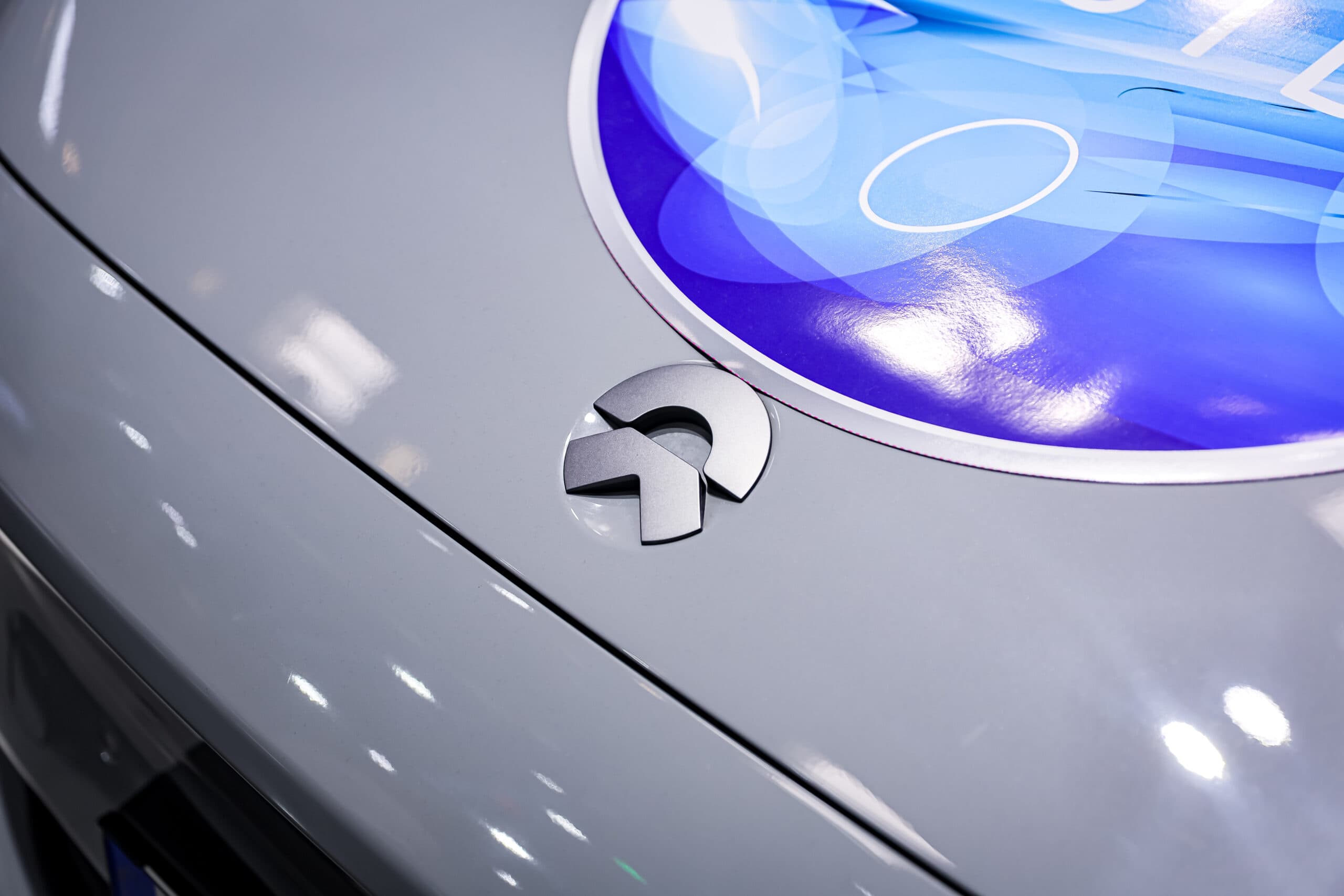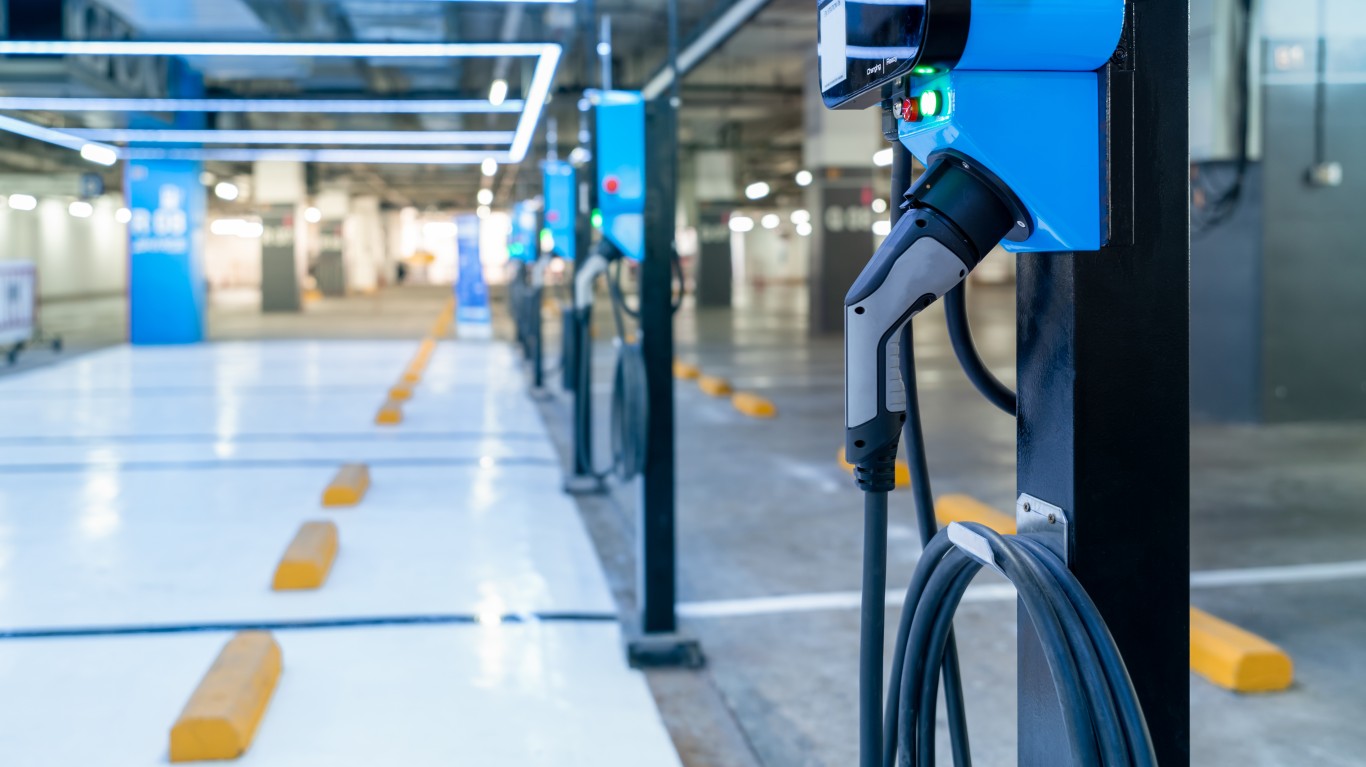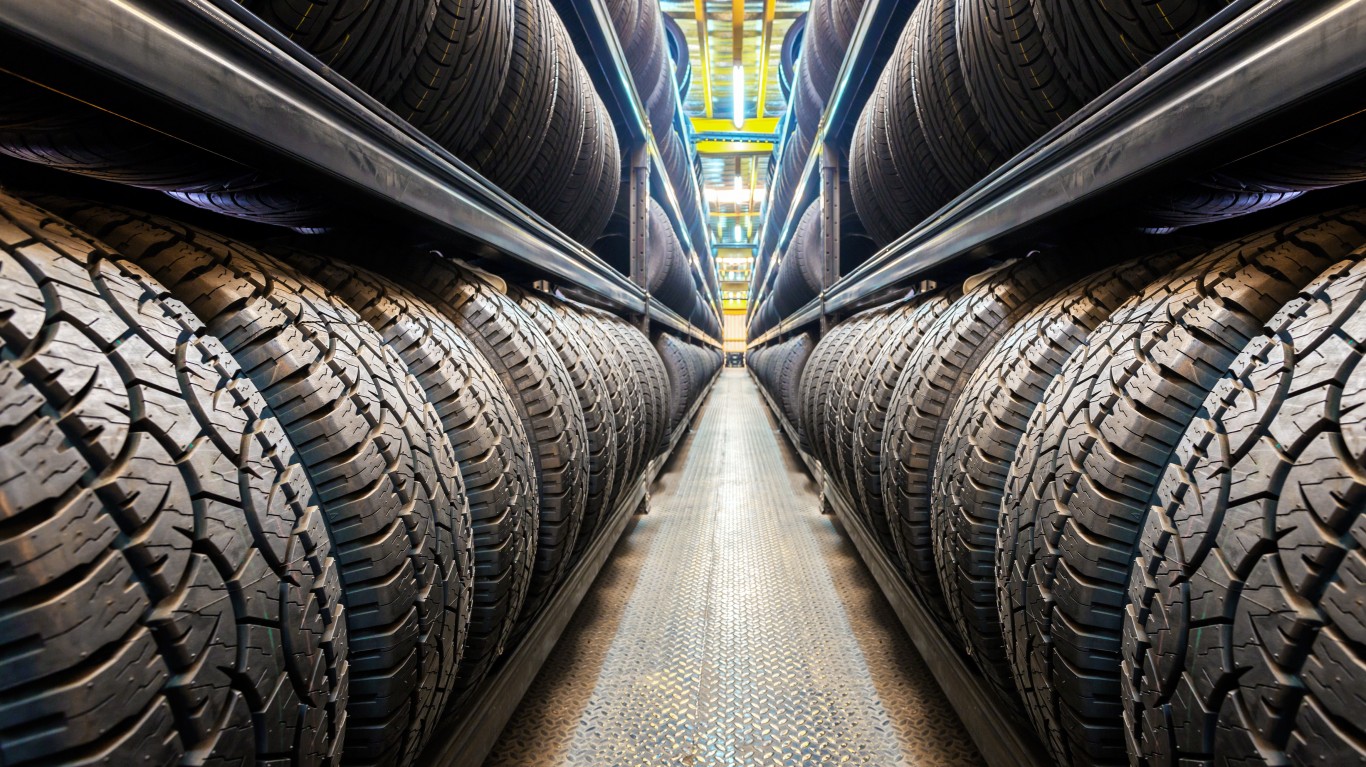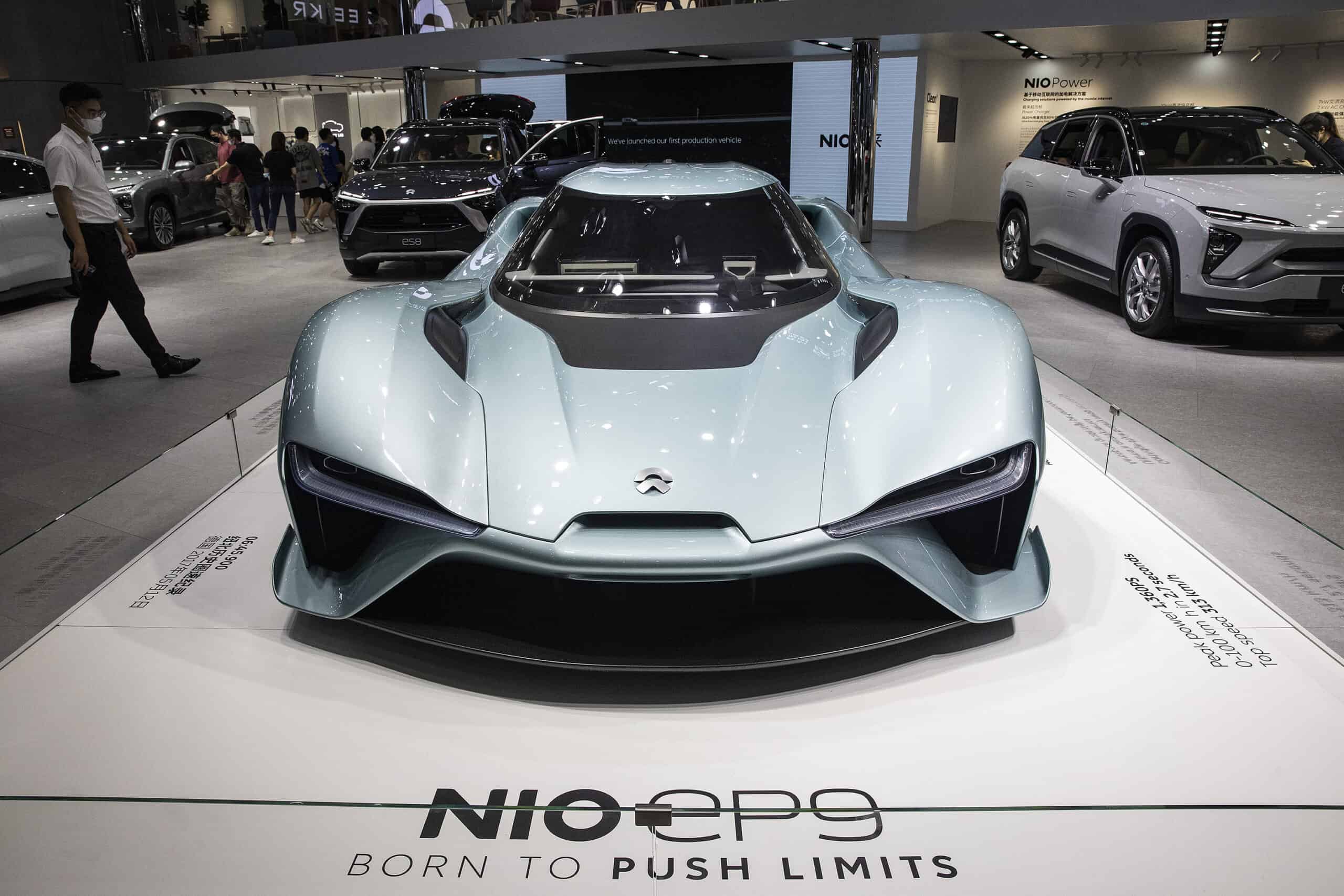Investing
Nio (NIO) Stock Price Prediction in 2030: Bull, Base & Bear Forecasts

Published:
Last Updated:

Shanghai-based EV maker Nio Inc. (NYSE: NIO) raised $1 billion in its September 2018 IPO, selling 160 million American Depositary Receipts (ADRs) at $6.26 per ADR. The company initially expected to raise $2 to $3 billion at a valuation sharply higher than the $6.4 billion it settled for.
Thirteen months later, the stock had dropped 75%, setting an all-time low of around $1.20. Then, in June 2020, the stock price began a meteoric rise that didn’t end until it reached an all-time high of around $63.00. Increased deliveries led to positive gross margins and positive cash flow. An extension to the government’s incentives to buyers of EVs added more push.
Again, though, Nio couldn’t hold on. The COVID-19 pandemic and the Chinese government’s mandatory lockdowns crippled production and snarled supply chains. A $740 million share issuance in June drew a line under Nio’s problems. Three months later, a $1 billion convertible debt offering slashed 17% off the share price. Shareholders responded by heading for the exit.

The company has posted big losses in both 2021 and 2022 and analysts expect big losses again in 2023 despite rising sales. In the June quarter of this year, Nio lost $35,000 for every car it sold. That’s even worse than U.S. EV maker Rivian Automotive Inc. (NASDAQ: RIVN). ADD LINK TO RIVIAN BULL-BEAR STORY
Heavy spending on R&D and an EV price war in China compound the problem. So does Nio’s limited global presence. The company sells its cars in a mere handful of European markets and does not plan to enter the U.S. market until sometime in 2025.
Because the company uses a China-based contract manufacturer, Nio’s cars will not qualify for U.S. incentives available to automakers with U.S. manufacturing operations.

Here’s a look at the company’s story in numbers since its IPO.






Our predicted prices for Nio stock in 2030 are $45 (base), $72 (bull), and around $22 (bear). We’ll break down each of these scenarios in more detail below.

Nio reports its third fiscal quarter earnings before U.S. markets open next Tuesday morning. For the full 2023 fiscal year, analysts are looking for revenue of $8.62 billion, up 20.7% year over year, and a per-share loss of $1.42, worse than the year-ago loss per share of $1.06.
Revenue, which will drive everything else shareholders are interested in, is forecast to rise to $13.2 billion in 2024 and $17.06 billion in 2025, a near doubling in just two years. One analyst sees revenue doubling again to $38.43 billion in 2030.
That same analyst expects per-share losses to turn into profits in fiscal 2026. The forecast EPS in 2026 is $0.26, rising to $1.63 in 2030.
Net margin is a good metric for showing the relationship between sales and net income, i.e., profitability. But for loss-making companies like Nio, the per-share price-to-per-share sales (P/S) multiple is more revealing.
Based on an outstanding share count of 1.67 billion ADRs, the forward P/S multiple for 2023 is 5.16x; the multiple for 2024 is 7.9x and for 2025 the multiple rises to 10.2x. Using a P/S multiple of 6.25x (the median for the four data points available), the 2030 share price could reach $45. That’s the base case.

To lift its revenue, Nio has to rein in costs, boost production, and figure out a way to appeal to more middle-income buyers. Operating cash flow has to turn positive and stay there. Free cash flow, currently at a negative $3.12 billion for the trailing 12 months, needs to improve dramatically. Gross margins need to rise to around 14%, midway between the margins posted in 2021 and 2022. (For comparison, Tesla’s gross margin in 2022 was 24.3% for its vehicles.)
To get there, Nio needs some help. The global market for EVs needs to continue its steady growth, giving the company an opportunity to attract more buyers to its cars. Nio also needs a successful launch into the U.S. and other markets. Less expensive models will make the brand more appealing to more buyers.
If everything breaks right for Nio, there’s no reason to think a P/S multiple of 10x is out of line with the company’s potential. That multiple implies a share price of $72, about 10% above its current all-time high set back in 2020. That’s our bull case price.

A total collapse of Nio is unlikely. EVs are expected to account for some 45% of global new car sales in 2030. In China, EV sales (including battery-only, plug-in hybrid, and fuel cell vehicles) are expected to rise by 27% year over year in 2023 to 8.3 million units. China’s total will rise to 18.5 million units by 2030. Nio appears to be getting back on track as far as production goes and should have no trouble adding to its current small share of the country’s total.
Competition with U.S.-made EVs that will be eligible for federal rebates is a downside for Nio. The European Commission has also launched an investigation into the Chinese government’s subsidies for EVs. The challenges these policies put in front of Nio are not insignificant and could reduce its growth potential by at least half. A share price to sales multiple of around 3.1 implies a share price of around $22.30 in 2030. That’s our bear case price. If Nio can’t manage that, it probably deserves to disappear.
Credit card companies are pulling out all the stops, with the issuers are offering insane travel rewards and perks.
We’re talking huge sign-up bonuses, points on every purchase, and benefits like lounge access, travel credits, and free hotel nights. For travelers, these rewards can add up to thousands of dollars in flights, upgrades, and luxury experiences every year.
It’s like getting paid to travel — and it’s available to qualified borrowers who know where to look.
We’ve rounded up some of the best travel credit cards on the market. Click here to see the list. Don’t miss these offers — they won’t be this good forever.
Thank you for reading! Have some feedback for us?
Contact the 24/7 Wall St. editorial team.